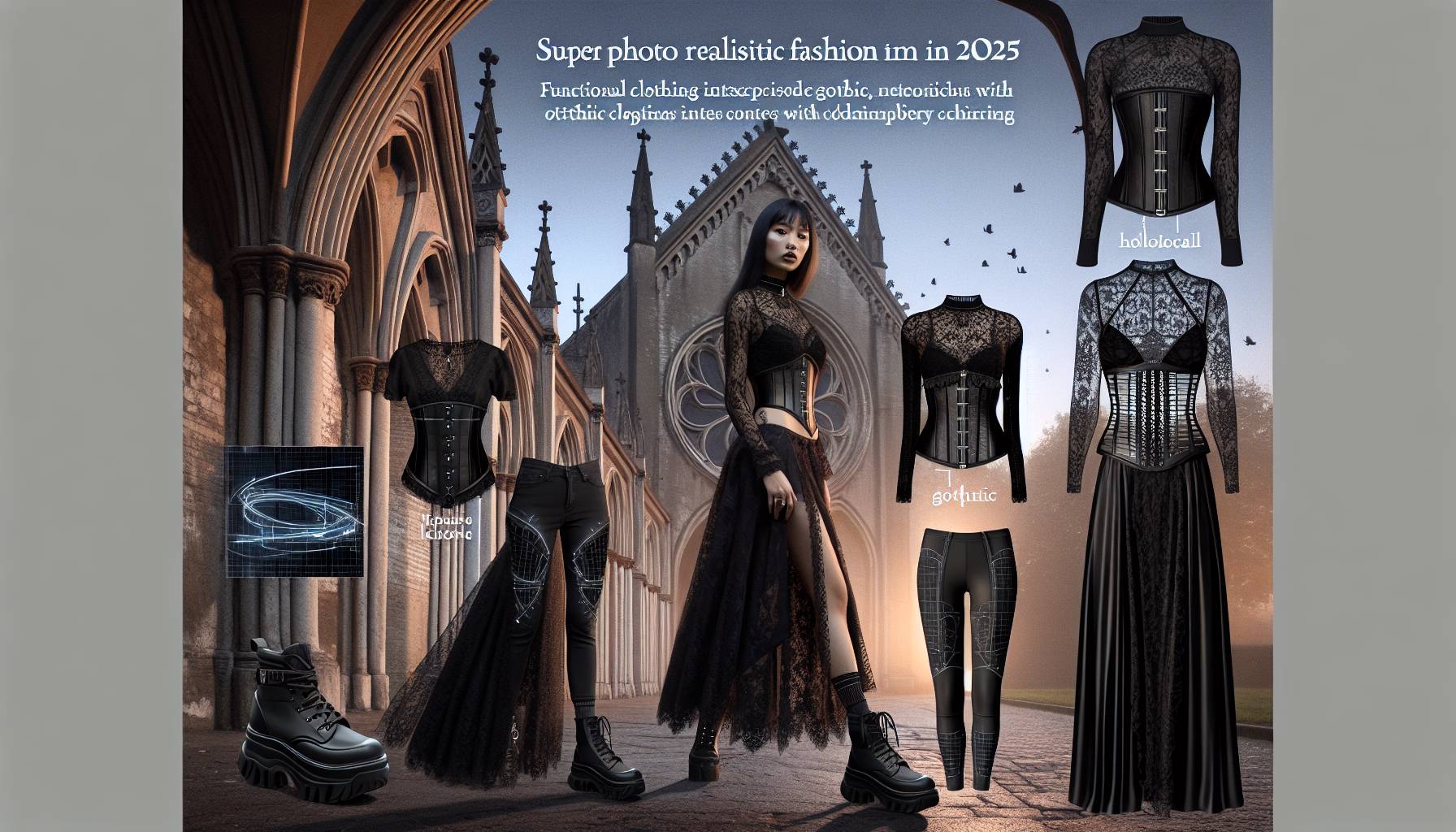claire mccardell’s impact on modern fashion
Claire McCardell’s influence on modern fashion is both profound and enduring. As a pioneering American designer, she revolutionized the way women dressed by introducing practical, yet stylish, clothing that broke away from the restrictive norms of her time. Her designs emphasized comfort and functionality, which was a radical departure from the heavily structured garments that dominated women’s fashion in the early 20th century.
McCardell’s innovative use of materials and techniques set new standards in the industry. She popularized the use of cotton, denim, and jersey fabrics, which were previously considered too casual for high fashion. Her introduction of the “popover” dress, a versatile wrap dress that could be worn for various occasions, showcased her commitment to creating garments that were both fashionable and accessible.
Her impact extended beyond the garments themselves; McCardell’s approach to fashion democratized style, making it more inclusive and attainable for the everyday woman. She championed the idea that fashion should be designed with the wearer in mind, prioritizing ease of movement and personal expression. This philosophy resonated with women across the globe, influencing generations of designers who followed in her footsteps.
In Australia, McCardell’s legacy can be seen in the continued emphasis on relaxed, yet chic, fashion that suits the country’s lifestyle and climate. Her pioneering spirit and dedication to innovation have left an indelible mark on the fashion industry, inspiring designers to push boundaries and create clothing that empowers women.
the evolution of womenswear design
The evolution of womenswear design has been a dynamic journey, marked by significant shifts in societal norms, technological advancements, and cultural influences. In the early 20th century, womenswear was characterized by its formality and structure, with corsets and long skirts dominating the fashion landscape. However, as women began to assert their independence and enter the workforce, there was a growing demand for clothing that offered both style and practicality.
The 1920s saw the rise of the flapper dress, a symbol of liberation and modernity. This era marked a departure from restrictive silhouettes, embracing looser fits and shorter hemlines. The influence of designers like Coco Chanel further propelled this shift, as she introduced garments that prioritized comfort and simplicity, such as the iconic little black dress.
As the decades progressed, womenswear continued to evolve in response to changing lifestyles and cultural movements. The 1960s and 70s were particularly transformative, with the emergence of bold prints, vibrant colors, and experimental designs that reflected the era’s spirit of rebellion and self-expression. Designers like Mary Quant and Yves Saint Laurent played pivotal roles in redefining fashion, introducing mini skirts and androgynous styles that challenged traditional gender norms.
In contemporary times, the evolution of womenswear design is characterized by a focus on sustainability and inclusivity. Designers are increasingly mindful of the environmental impact of fashion, opting for eco-friendly materials and ethical production practices. Additionally, there is a growing emphasis on diversity, with brands offering a wider range of sizes and styles to cater to a broader audience.
In Australia, the evolution of womenswear design is influenced by the country’s unique blend of cultures and its laid-back lifestyle. Australian designers are known for their innovative use of natural fabrics and their ability to create versatile pieces that transition seamlessly from day to night. This approach not only reflects the practical needs of Australian women but also celebrates the nation’s vibrant and diverse fashion scene.
the role of women in fashion innovation
Women have played a pivotal role in fashion innovation, driving change and challenging conventions throughout history. Their contributions have been instrumental in shaping the industry, bringing fresh perspectives and creative solutions to the forefront. Female designers have often drawn inspiration from their own experiences, creating garments that address the practical needs and desires of women.
One of the key areas where women have excelled is in the development of functional yet stylish clothing. By understanding the nuances of women’s lives, female designers have been able to create pieces that offer both comfort and elegance. This approach has led to the creation of iconic garments that have stood the test of time, such as the wrap dress and the tailored suit, which continue to be wardrobe staples for many women today.
Moreover, women have been at the forefront of advocating for inclusivity and diversity within the fashion industry. They have championed the representation of different body types, ethnicities, and ages, pushing for a more inclusive definition of beauty. This shift has not only broadened the industry’s appeal but has also empowered women to embrace their individuality and express themselves through fashion.
In the realm of sustainable fashion, women have been leading the charge towards more ethical and environmentally friendly practices. Female designers and entrepreneurs are pioneering new methods of production, utilizing sustainable materials, and promoting circular fashion models. Their efforts are helping to reshape the industry, making it more responsible and conscious of its impact on the planet.
In Australia, the role of women in fashion innovation is particularly significant. The country’s fashion scene is enriched by a diverse array of female designers who are celebrated for their creativity and forward-thinking approaches. These designers are not only influencing local trends but are also making waves on the international stage, showcasing the unique blend of Australian style and ingenuity.
claire mccardell’s impact on womenswear
Claire McCardell, a name synonymous with innovation in womenswear, revolutionized the fashion industry with her groundbreaking designs. Her approach was nothing short of transformative, as she introduced a new era of practicality and elegance that resonated with women across the globe. McCardell’s designs were characterized by their simplicity and functionality, yet they never compromised on style.
Her impact on womenswear is profound, as she championed the use of natural fabrics and easy-to-wear silhouettes that allowed women to move freely and comfortably. This was a stark departure from the restrictive and ornate styles that dominated the fashion scene prior to her influence. McCardell’s vision was to create clothing that was not only beautiful but also accessible and practical for the modern woman.
One of her most notable contributions was the popularization of the “American Look,” which emphasized casual elegance and understated sophistication. Her designs often featured innovative elements such as the wrap dress, ballet flats, and the use of denim in high fashion, which have become staples in women’s wardrobes today.
McCardell’s legacy is evident in the way she empowered women through fashion, offering them choices that aligned with their lifestyles and aspirations. Her work laid the foundation for future generations of designers, proving that womenswear could be both functional and fashionable. Her influence continues to be felt in the fashion industry, inspiring designers to prioritize the needs and desires of women in their creations.
the role of women in fashion design
The role of women in fashion design has been pivotal in shaping the industry into what it is today. Women designers bring a unique perspective to womenswear, understanding the nuances of fit, comfort, and style that resonate with female consumers. This intrinsic understanding often translates into designs that not only meet aesthetic desires but also address practical needs.
Historically, women have been at the forefront of fashion innovation, challenging traditional norms and introducing fresh ideas that reflect the changing roles of women in society. Their contributions have been instrumental in pushing the boundaries of design, creating garments that empower and celebrate femininity in all its forms.
In the contemporary fashion landscape, female designers continue to lead with creativity and vision. They are redefining what it means to be fashionable, embracing diversity and inclusivity in their collections. This shift is evident in the rise of brands that cater to a wide range of body types, ages, and cultural backgrounds, ensuring that fashion is accessible to all women.
Moreover, women in fashion design are not just creating clothes; they are crafting narratives that resonate with their audience. Through their work, they address social issues, promote sustainability, and advocate for ethical practices within the industry. This holistic approach to design is reshaping the fashion world, making it more reflective of the values and aspirations of modern women.
As the fashion industry continues to evolve, the role of women designers remains crucial. Their ability to blend creativity with practicality ensures that womenswear remains relevant and responsive to the needs of its wearers. In Australia and beyond, their influence is undeniable, as they continue to inspire and lead the way in fashion innovation.

